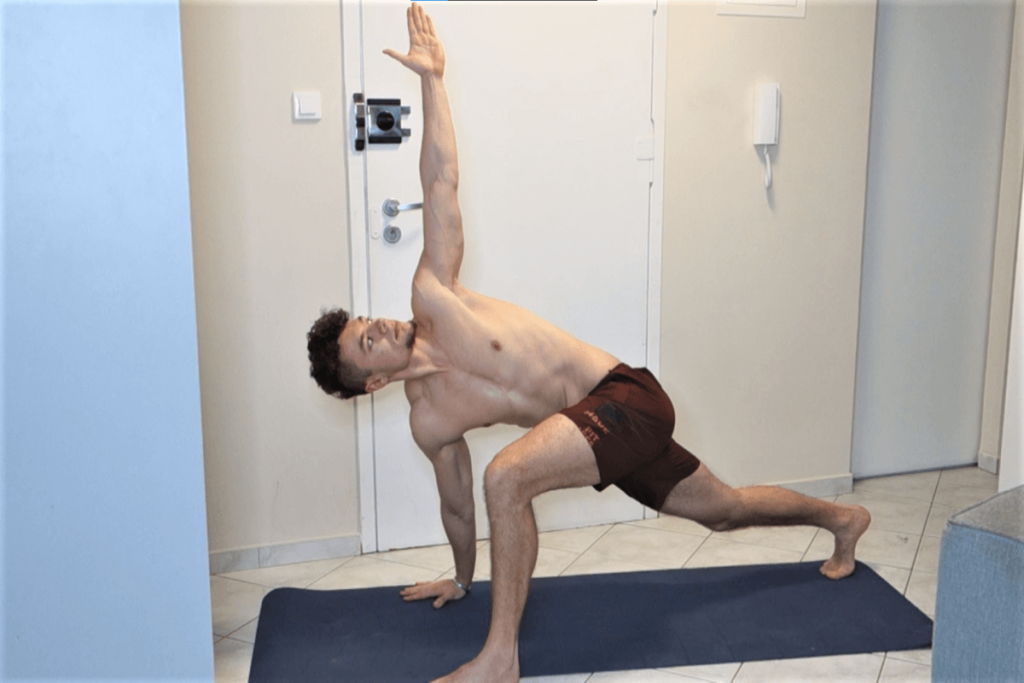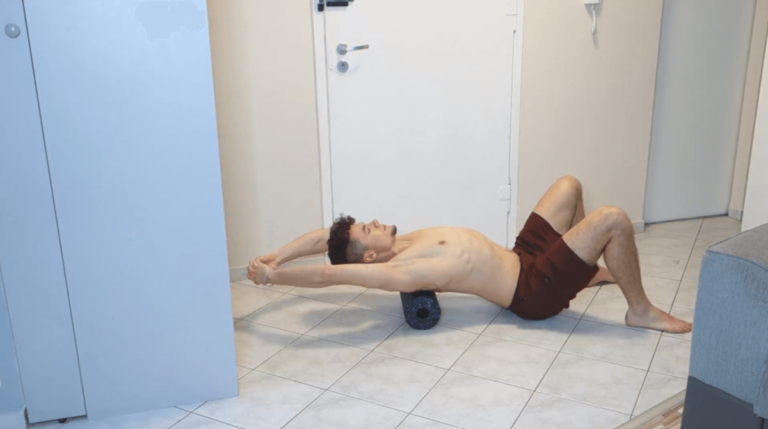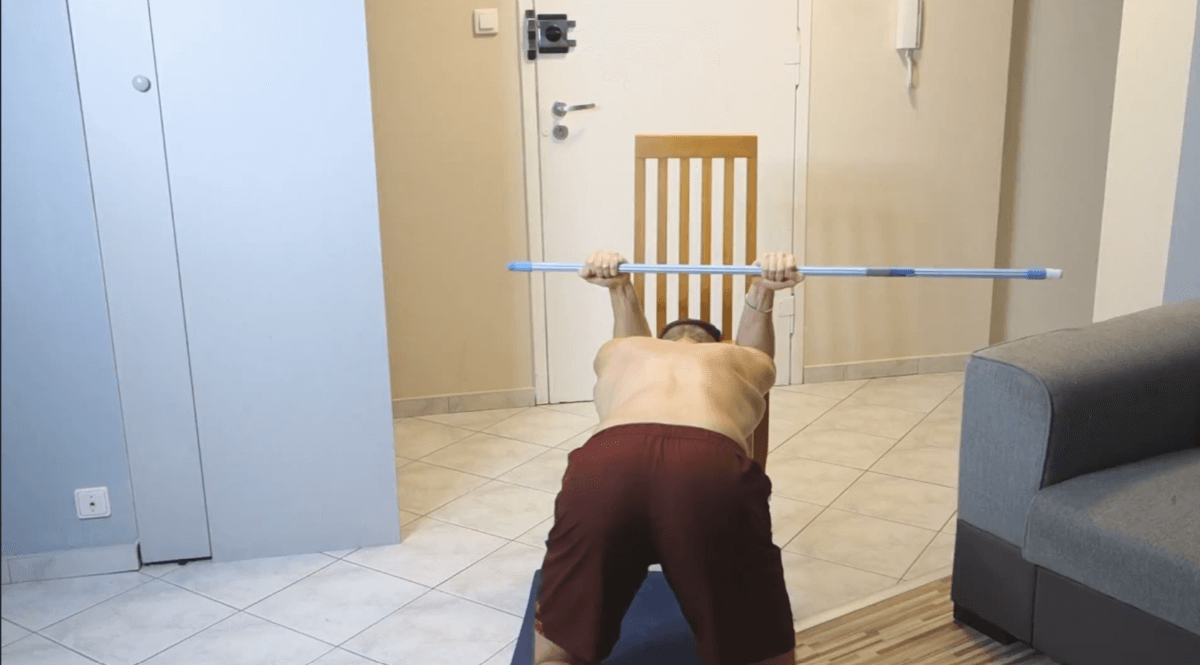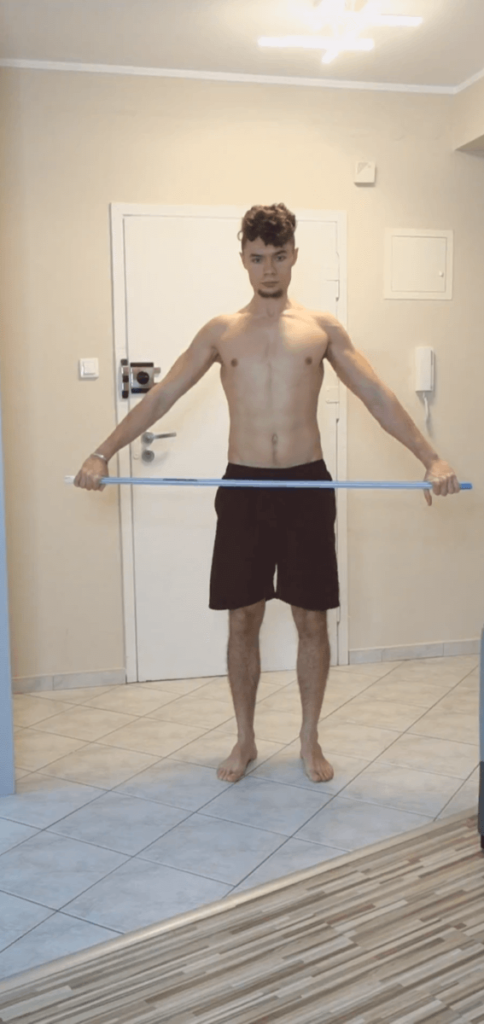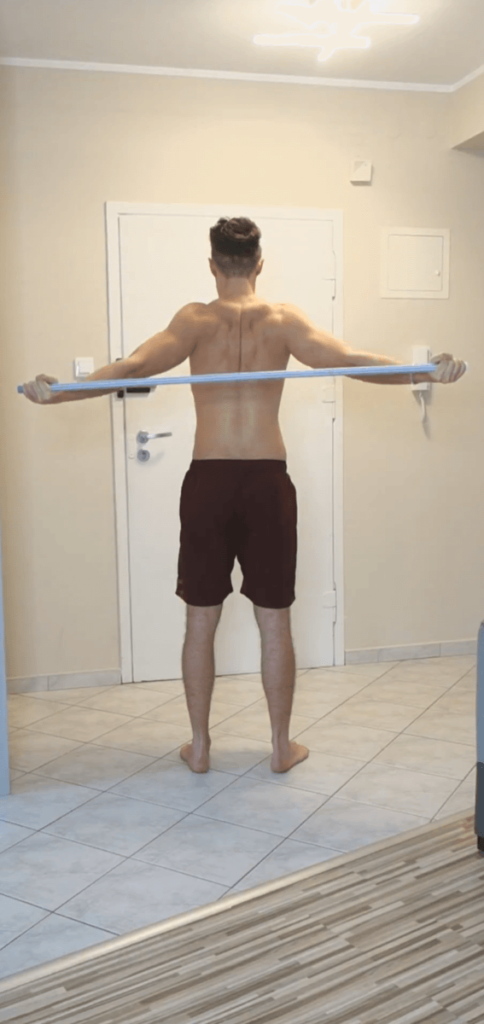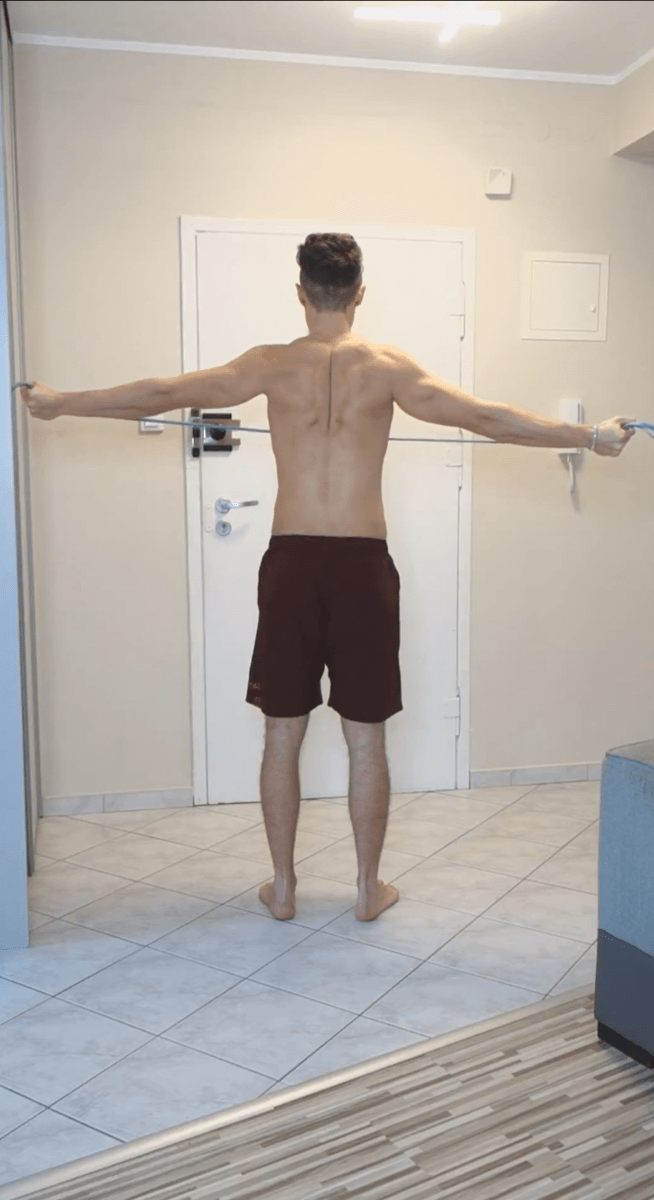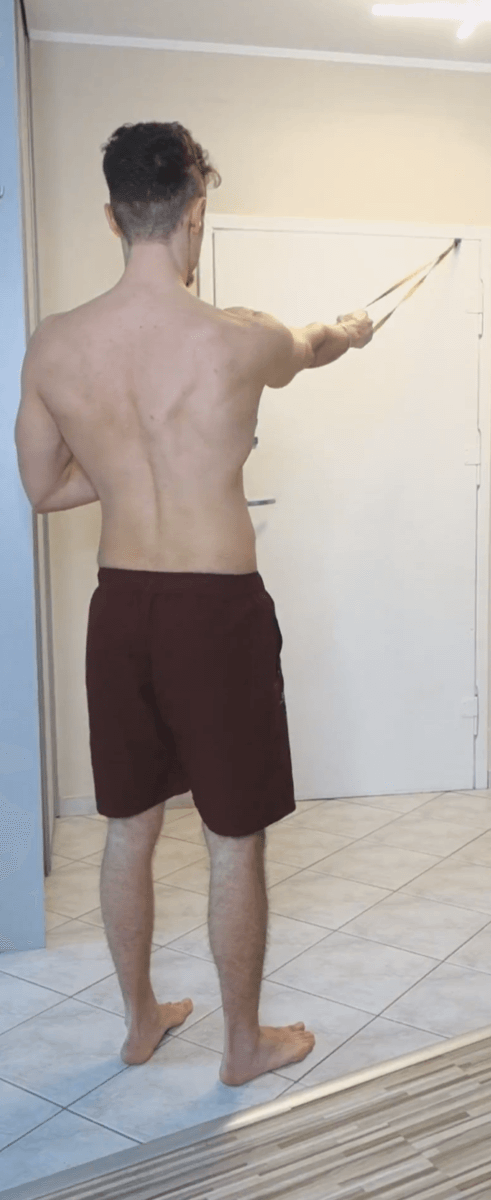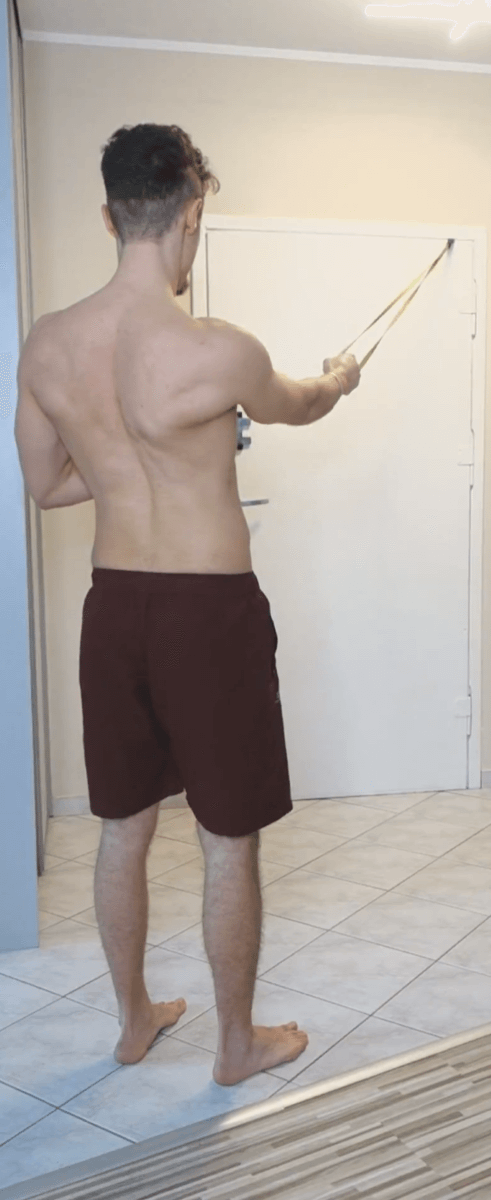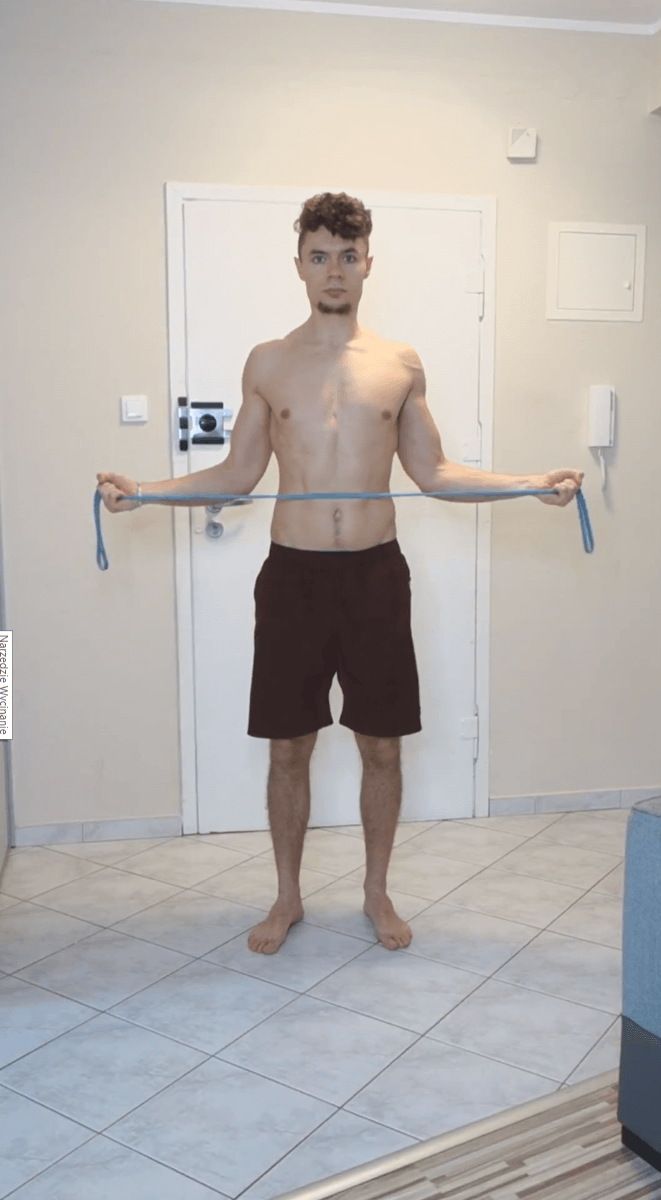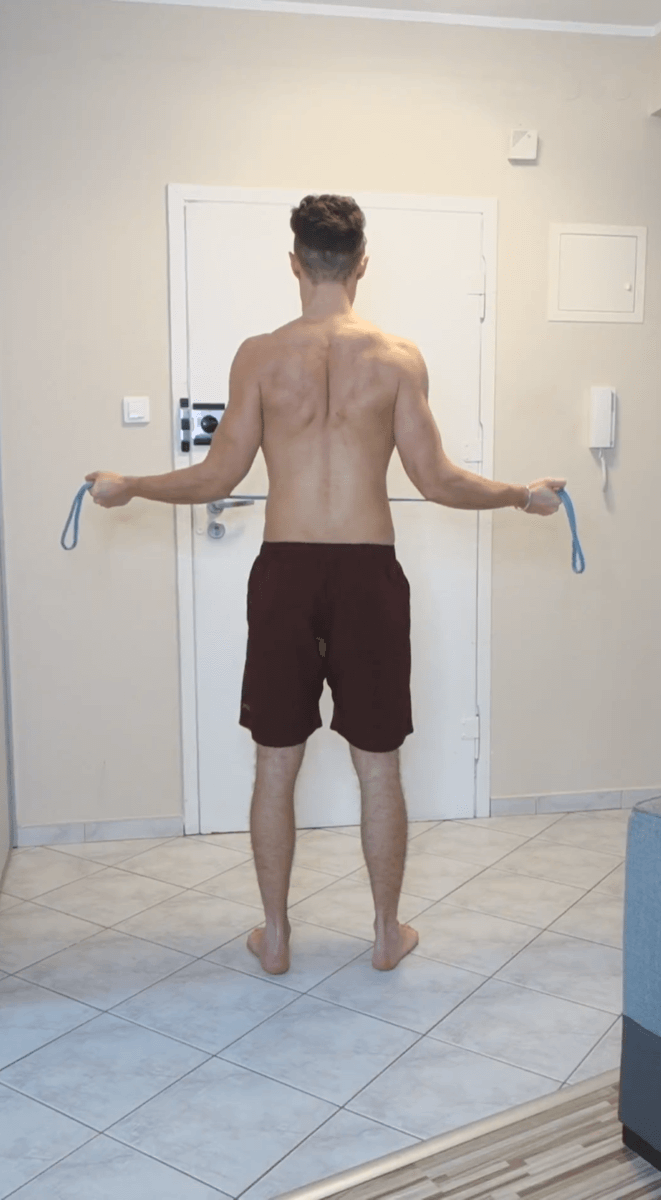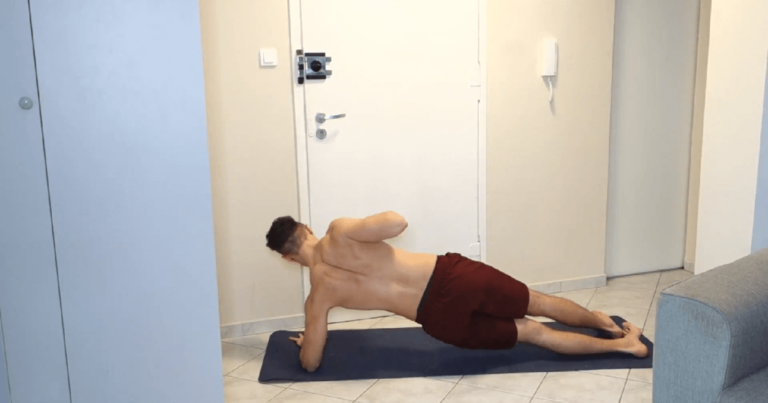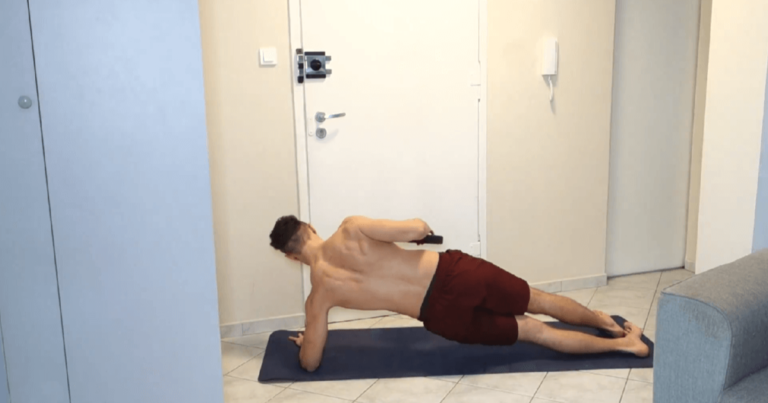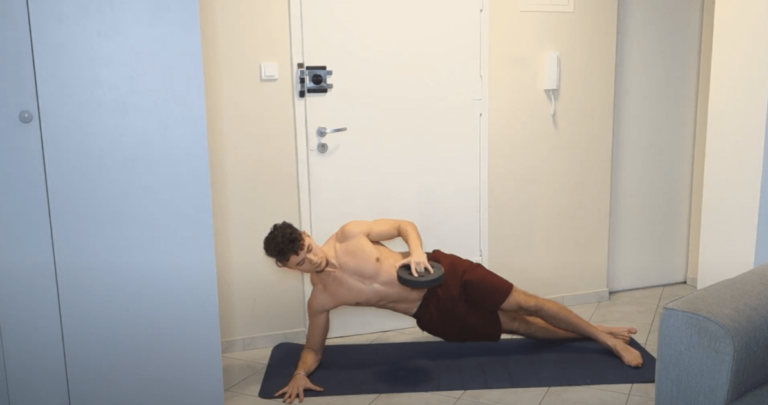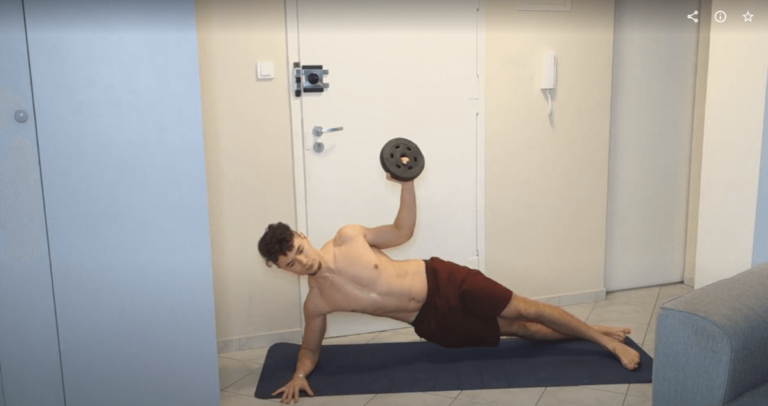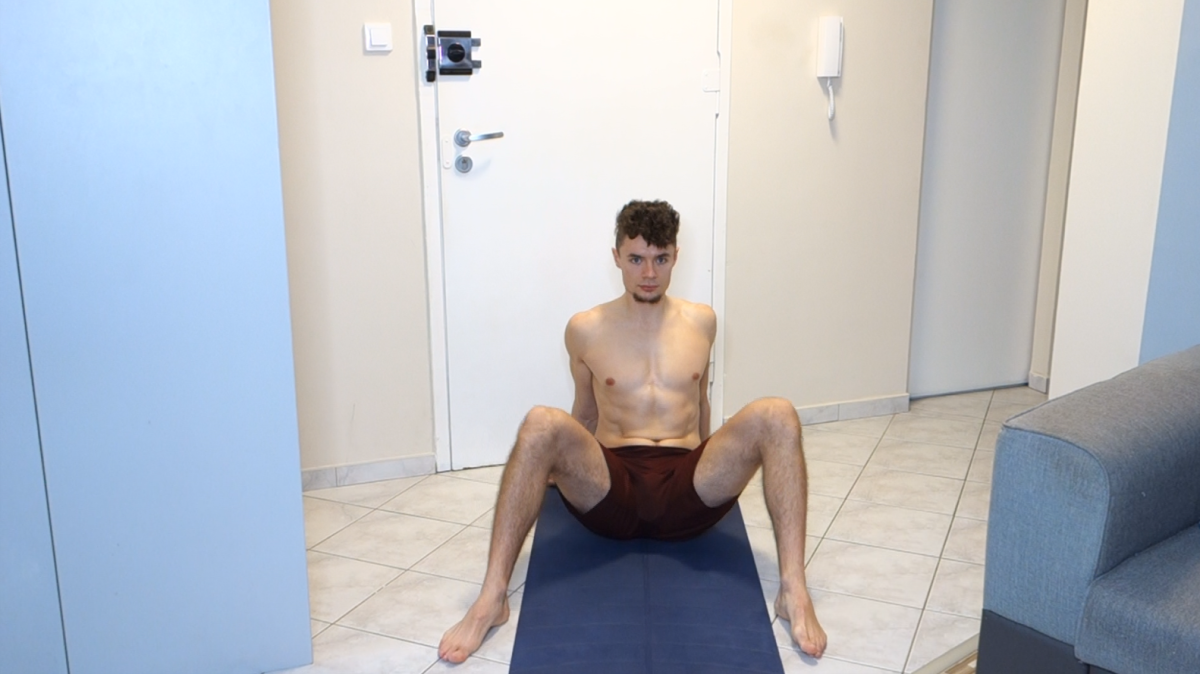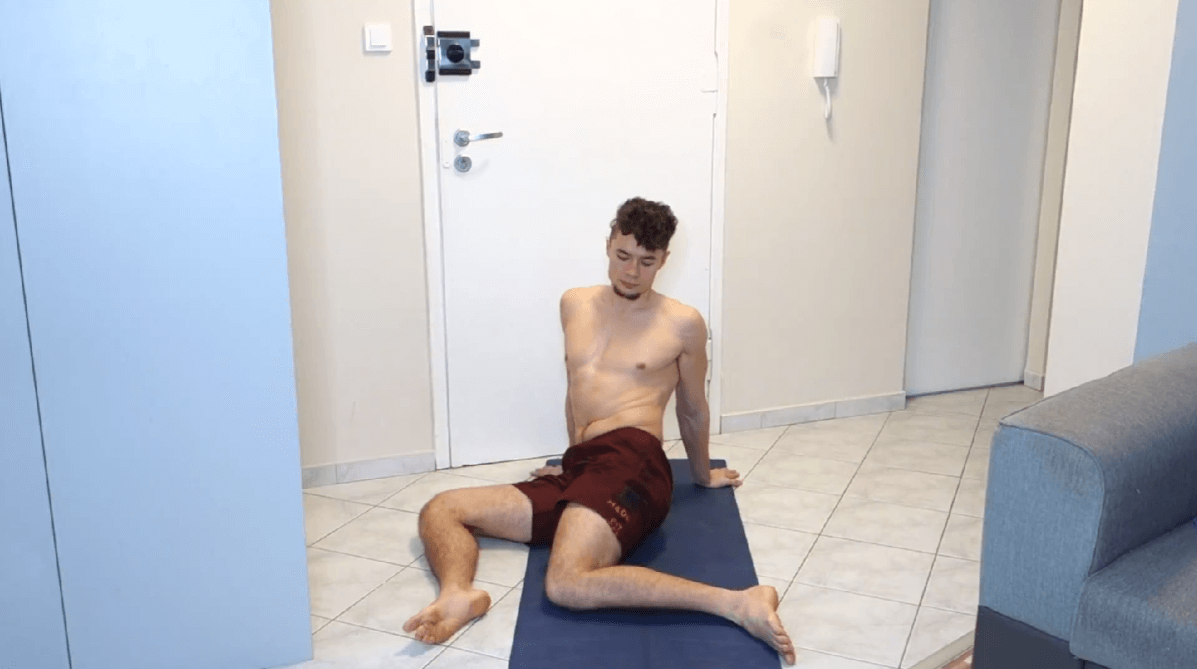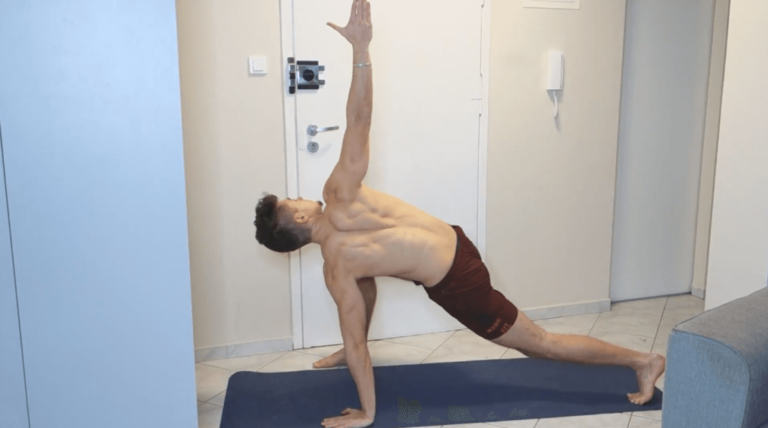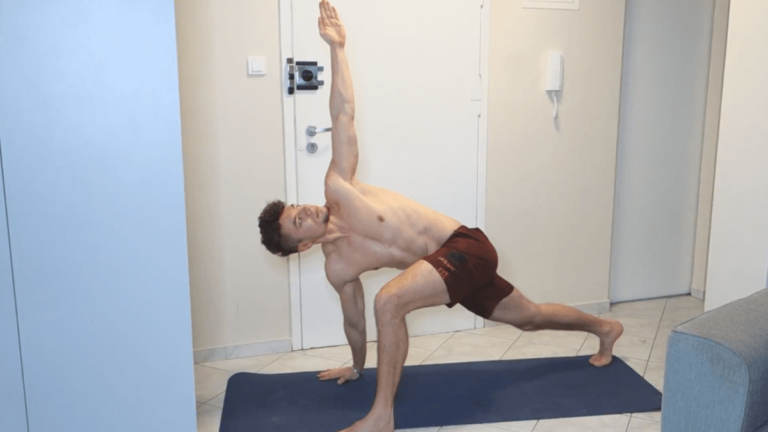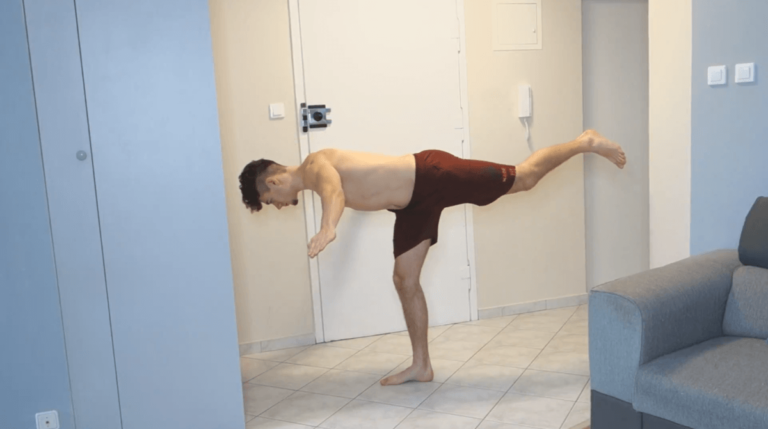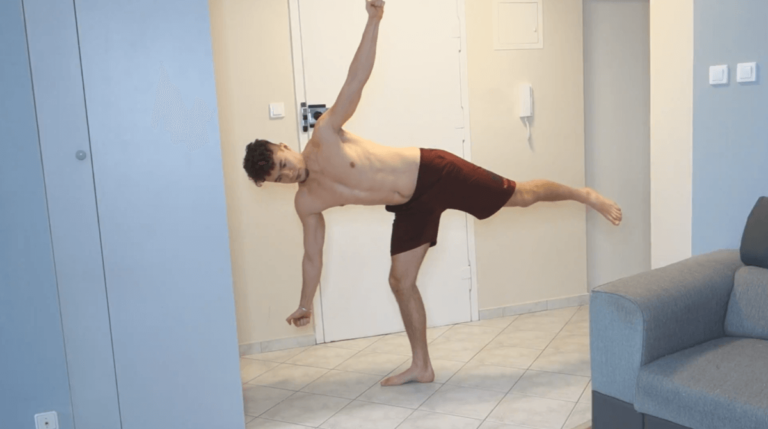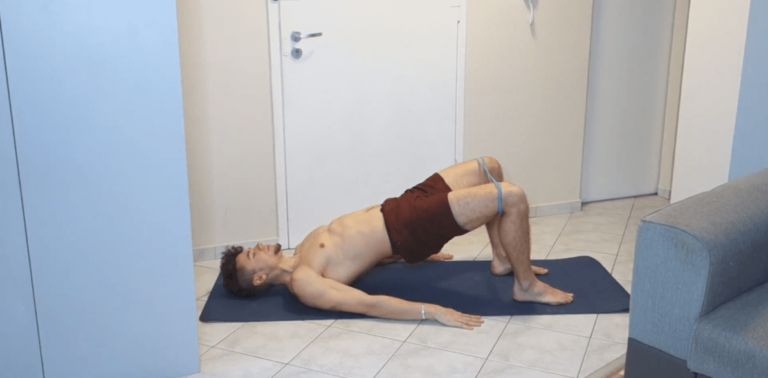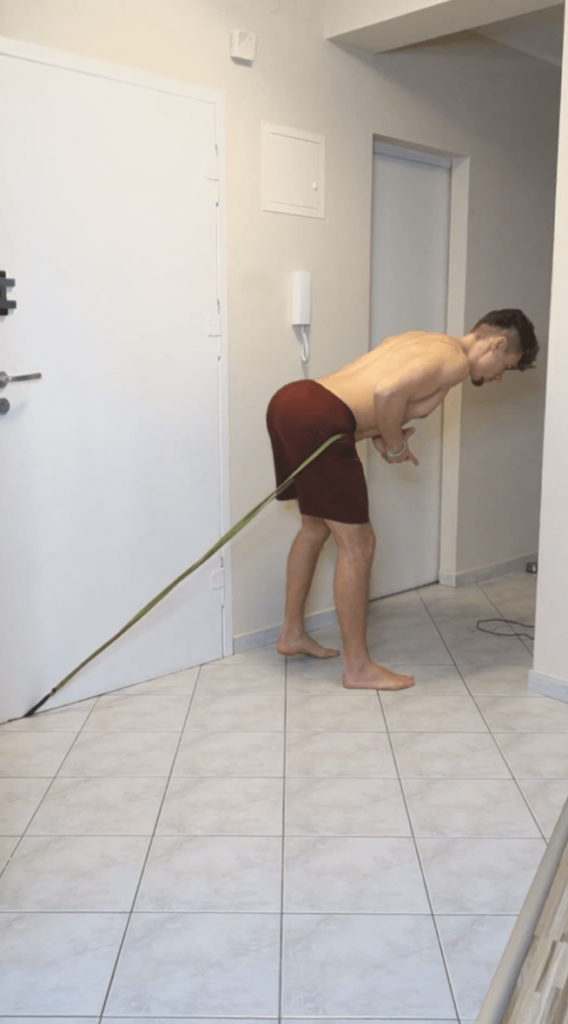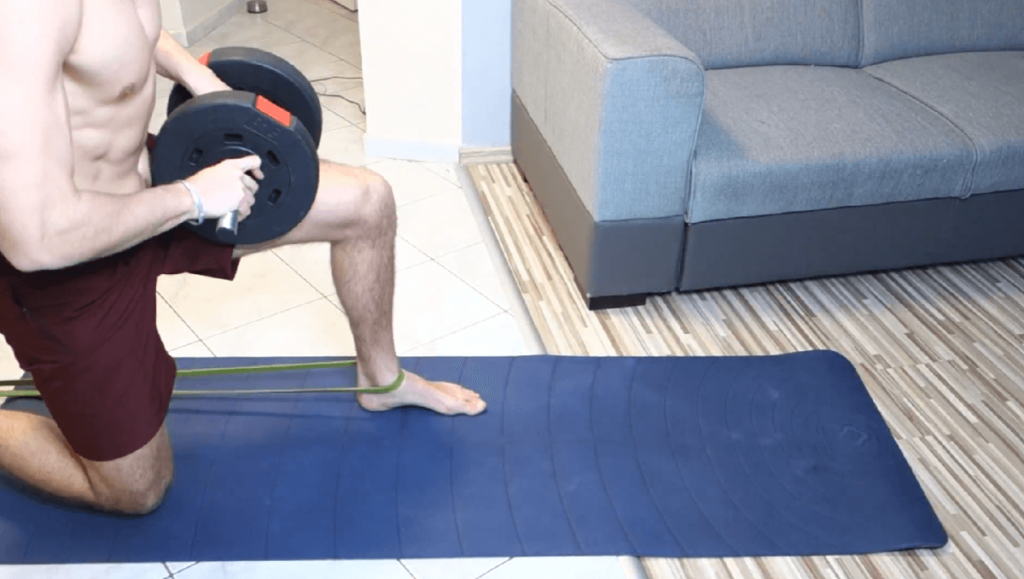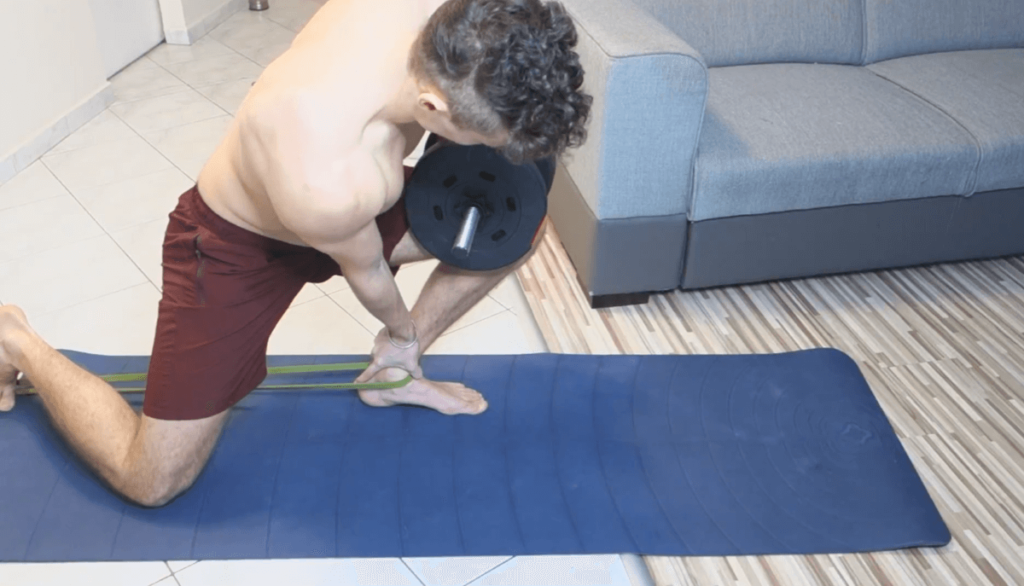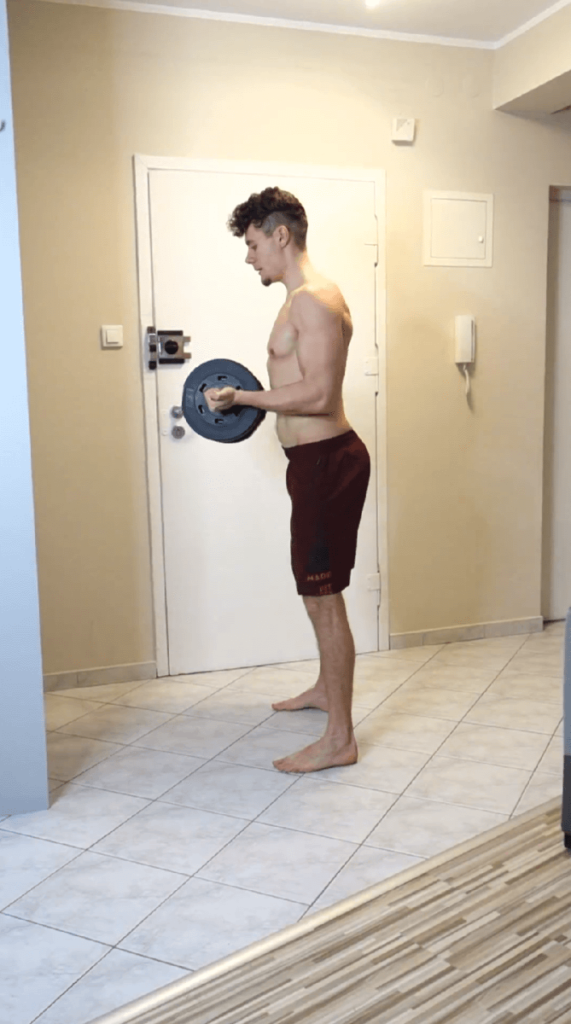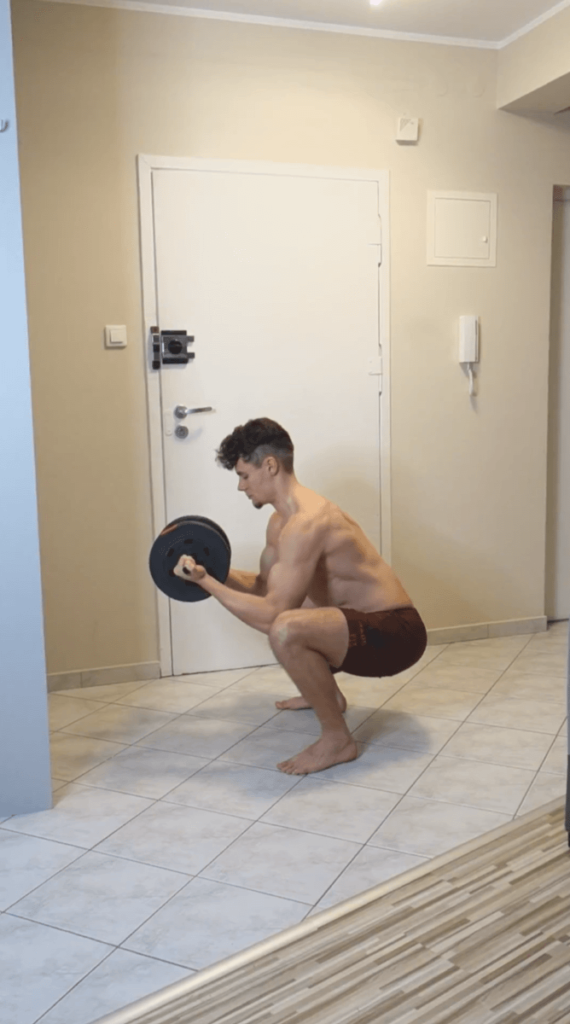New year, new resolutions? Surely some of you has just started the fitness journey. If you plan to lift weights, definitely read this post.
Warm-up is the first, but very often neglected part of the workout. Without the right preparation the body is less efficient and thereby prone to get injured. However, devoting few minutes before every training, we can increase our performance and save weeks or months of recovery from a potential injury. In this article I will help you understand the benefits of warm up and how to structure it properly.
Objectives and benefits of the warm-up
Improved blood flow = better contraction (easier muscle activation)
Improved oxygen consumption = capabilities of more intense workout
Increased mobility = better technique (safer lifting)
From a biological point of view, with a higher muscle temperature the muscle metabolism is increased, which leads to a better muscle nourishment by improved oxygenation. The study on frogs showed that raising the temperature equals better strain and force of myosin heads attachment during the isometric contraction, which in other words means that thanks to the increased muscle temperature they could generate more power1.
You may wonder if the warm-up has a direct impact on the workout efficiency. To measure that, one systematic review with meta-analysis was conducted upon 32 studies.
Even though a vast variety of disciplines were included in this study (cycling, running, swimming, basketball, bowling or golf), in 79% of the cases warm-up was improving the performance. The rest was as follows: in 3% showed no difference and in 17% resulted in detrimental effect on the training efficiency. However, the author underlined that only 36% from the group of warm-ups with negative effect was structured suitably for the training session – the rest didn’t include any similar movement patterns to the performed training2.
In case of strength training performance, one study showed that the general aerobic type of warm-up, performed before specific weight progression, is very efficient.
13 men with at least 12-month gym training experience were tested in 2 separate sessions on their 1RM (Rep Max) in leg press. In the one preceded with general + specific warm-up, the performance was 8,4% better than in the test before which they performed only weight progression. The subjects were exposed to 20 min stationary bicycle cycling, oscillating around 60% of their maximal heart rate. The authors, basing on 3 different studies, concluded that the body temperature increases approximately 3°C and reaches the top in 15-20min3.
Of course, it does not mean that we are supposed to run or cycle for so long before every workout. The same temperature might be reached by the dynamic warm-up and muscle activation exercises. However, let’s be aware of the importance of proper body temperature before jumping into the workout sets.
How to structure a warm-up
We should always have in mind that the warm-up shouldn’t be a static but dynamic or ballistic stretching of the tissues. Why? Because a static stretching is weakening the muscles, which is the last thing we would like to achieve before the training. The goal is to prepare all the muscle groups, focusing the attention on the activation of the ones that will be crucial in upcoming lifts.
Below I present which muscles and joints should be activated and mobilized before 3 main powerlifting exercises.
Squat:
a) Activation: glutes, core, lats, rotator cuffs;
b) Mobilization: ankles, hips, thoracic spine, shoulders.
Deadlift:
a) Activation: glutes, hamstrings, core, lats;
b) Mobilization: hips.
Bench press:
a) Activation: rotator cuffs, lats;
b) Mobilization: thoracic spine, shoulders.
Therefore, to be fully prepared for lifting, we should have a proper warm-up structure. I personally recommend sticking to the RAMP protocol which is divided into 3 phases.
Phase 1: Raise
The aim of the first phase is to raise the body temperature by increasing the heart rate and awakening the blood flow. Here we have a freedom of choice, either a treadmill jogging, cycling or if no equipment available, also well-known form PE classes, skipping is a good option. The goal is to preferably feel a little bit sweated after this phase. Therefore, 3 to 6 min should be a perfect range of time, depending on the chosen activity.
Phase 2: Activate & Mobilize
This is definitely the most important phase that combines both, the muscle activation and joint mobilization. To activate the muscles, I highly recommend using rubber bands – this helps to target chosen muscles, simultaneously keeping the tension in both – concentric and eccentric motion.
When it comes to muscle activation, no matter the muscle group, it’s good to perform unilateral exercises, because in this way we are sure to maintain the balance of equally warmed up both sides. Especially, it is crucial if we have some muscle imbalances and tend to engage one side more than the other.
In case of mobility before workout, there are a few spots that are prone to stay inactive during the day and so we need to aim to increase their range of motion in order to avoid improper technique while exercising.
Thoracic spine
Starting from the upper body, one of the places we want to focus on is the thoracic spine. In order to open the chest and get a better arch during bench press, one of the most effective is the foam roller mobilization.
Tips: Breathe deeply; keep the lumbar spine neutral; don’t let your head fall; focus on stiff areas.
Time: 30-60 sec.
However, without the access to a roller we can use a broomstick, chair or any kind of elevation and do a kneeling thoracic extension. This exercise additionally stretches the lats.
Tips: Breathe deeply; keep the lumbar spine neutral; grip wider than the elbows width.
Time: 30-60sec. To not weaken the muscles in too static stretch perform 3-6reps of 10 sec hold.
PS. unlike me, you can keep the broomstick centered 😅
Shoulders
To awaken the shoulder area, a good option are lateral arm swings.
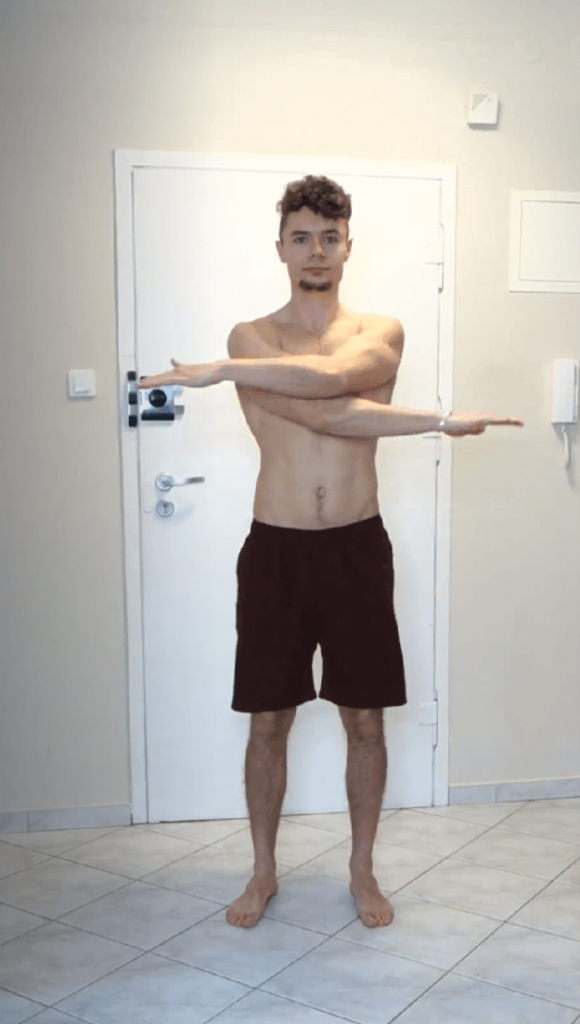
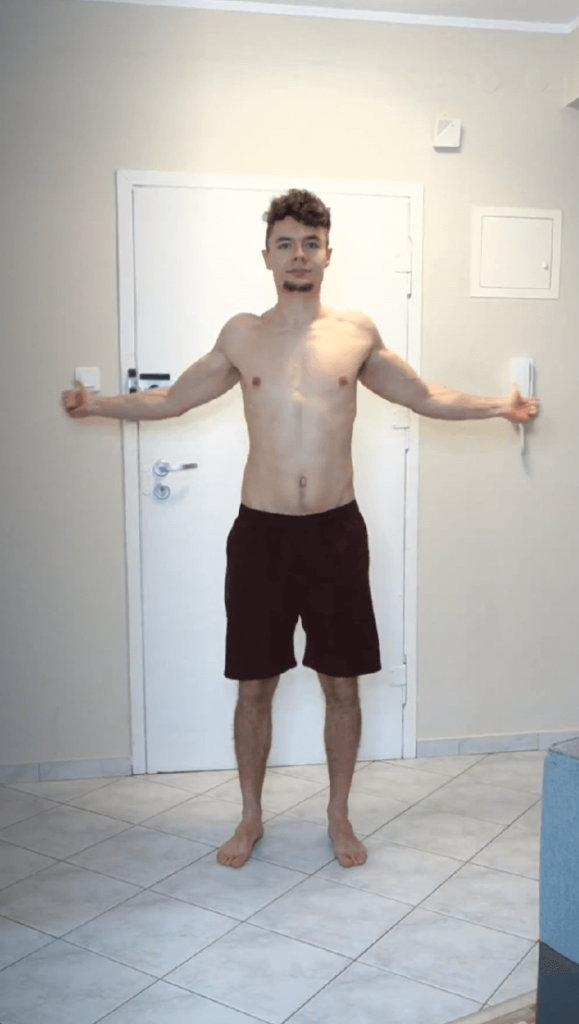
Tips: During the external swing rotate the arm (thumbs out); perform dynamically.
Reps: 10-15
We need to remember that the shoulder blades always participate in the motion of the shoulder, so their retraction and depression are often crucial in order to create more stability and therefore more force while lifting weights. Banded pull apart with scapula retractions is also a great variation to work on shoulder mobility. Additionally it warms up the mid back.
Tips: Retract the shoulders in the first phase.
Reps: 10-15
Additional exercises worth to consider:
- shoulder rolls
- Prone W press
- Prone Y raises
Lats
As you may notice, I listed lats as muscles that should be activated before each of 3 main powerlifting exercises. Whether we do barbell squats, deadlifts or bench press, all 3 exercises require depressing the scapula, to perform them efficiently. And in order to achieve it, we need to activate the lats. There are various options to do it. I personally stick to the unilateral banded pull-downs.
Tips: Retract and depress the scapula in order to create the maximum contraction.
Reps: 10-15 in normal tempo or 5 with 5 sec hold.
Rotator Cuffs
Before squats and bench press it is also important to activate the rotator cuff muscles. They are highly inactive during most people’s daily life. banded W is one of the best exercises to do it.
Tips: The scapulas should be retracted and depressed through all the motion.
Reps: 5 with 5 sec hold.
Core
Strong core is responsible for protecting the spine and bringing stability to almost all the exercises. Therefore, it’s good to always activate it before lifting weights. To do so we can perform bird dogs or as aforementioned side plank in different variations (static or per reps). You can find photos and tips on how to perform them in the beginning of the article ‘No Equipment? No Problem! Top 20 Bodyweight Exercises At Home’
Another way to awaken the hips and also improve thoracic mobility is to perform the world’s greatest stretch (I perform this one before every workout).
Tips: Step one foot to the side of your body; push the knee of front leg slightly out; lock the elbow of the supporting arm by external rotation (elbow pit directed forward).
Reps: 5 a side with 3 sec hold at the top
Hip airplanes are also perfect for opening the hips. We can perform them supported or unsupported, which will additionally challenge our balance skills.
Tips: Get to the unilateral deadlift position first; focus on foot stability to perform the exercise correctly.
Reps: 10 reps a side
Glutes
In order to activate the glutes we can perform a banded glute bridges.
Tips: Engage the abs to avoid arch in the lumbar spine; create resistance by pushing the knees out.
Reps: 5 reps with 10 sec. hold at the top or 15 reps with 2 sec hold
However, if we don’t have a rubber band, we can always exchange it for simple bodyweight glute bridges/hip thrusts.
Another exercise that I like to incorporate in my warm-up is banded single leg hip hinge. As it replicates the same movement patter, it’s great to perform before deadlifts.
Tips: Keep a neutral spine; squeeze the glute in the end phase.
Reps: 10-15
Ankles
If you’re planning to do the squats and have tight ankles, you definitely need to work on them to be able to get to the bottom of the squat with a good technique. Here again the rubber bands are the best tool for joint mobilization (banded ankle distraction). On the photos below I did it weighted (can be also done with a kettlebell or plate), which is the most efficient. However, the variation can be done also without bands and addidional weight.
Tips: Keep the band wrapped low around the leg; maneuver with the knee externally and internally, looking for stiff areas.
Reps: 5 reps of 5-10 sec. hold
The last warm-up exercise I present, targets ankles and hips. Thanks to the counterbalance in form of the weight, we can stay much longer in the dip squat position. We should be naturally able to comfortably resist a while in such position, but if your mobility does not allow it, definitely try out this exercise.
Tips: Keep the neutral spine; by moving the weight more on the sides, you can focus on ankle mobilization; remember to keep your heels on the ground.
Reps: 2 reps of 30 sec. (stay in the dip squat position through all the rep)
Phase 3: Potentiate
The last phase before the real lifting begins is the phase in which we want to recreate the movement pattern of the upcoming exercise. In case of gym training the situation is easy and basing on simple weight progression we will prepare ourselves in the most optimal way. I suggest doing at least 2 to 4 initial sets before multi-joint exercises like squat, deadlift and bench press (number of initial sets is dependent on the heaviness of the ultimate sets).
This helps to set the correct technique and prepare your skeletomuscular and nervous systems for higher loads. You can perform the first set on an empty bar or jump right into the ones with load. Remember that it should not make you tired but prepared for the ultimate sets.
Sample warm-up structure (squat oriented)
– slow pace treadmill run (6:00min)
– the world’s greatest stretch
– supported hip airplanes
– banded ankle distraction
– cross body arm swings
– foam roller thoracic spine mobilization
– lat pulldown
– side plank external rotation (10 reps) & regular side plank (30sec)
– banded glute activation
Initial sets (before lifting 5×5 100kg):
- 1×8 on 40kg
- 1×4 on 60kg
- 1×3 on 75kg
- 1×1 on 90kg
Conclusions
There is neither a perfect workout nor warm-up structure. However, following the RAMP protocol and choosing wisely the activation exercises, I guarantee you will be ready for an efficient training session. Remember then, devote around 15 min before every workout to prepare yourself for the lifts, it will improve your technique, allow you to lift more and help to avoid potential injuries.
